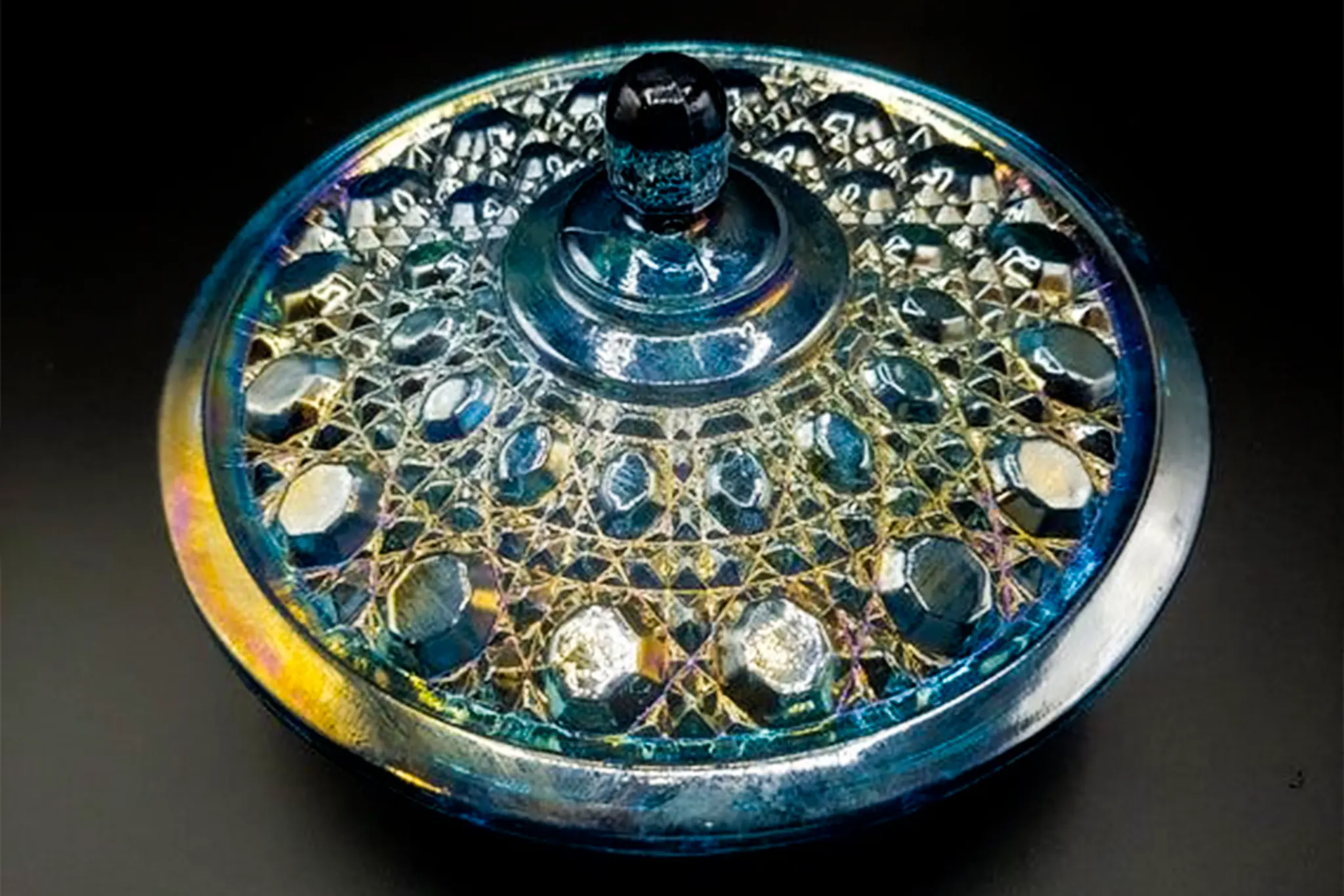8 Types Of Traditional Mexican Candy You Should Try!
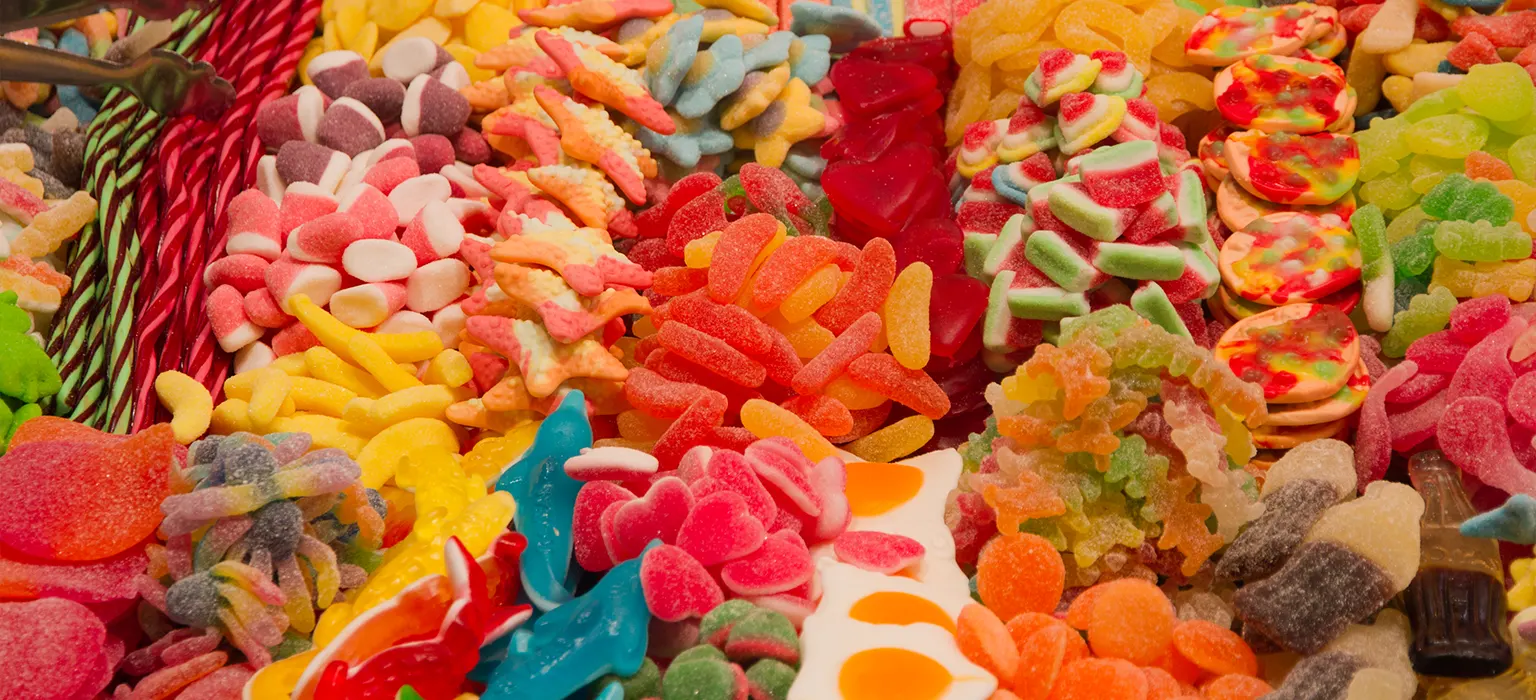
Explore Mexico’s lively streets and traditional sweets. Experience the exotic scent of local delicacies. These sweets capture Pre-Hispanic culinary alchemy, which turned simple materials into imaginative masterpieces. Masterful artisans combined bright fruits, untapped seeds, enticing spices, and golden honey to create a culinary heaven.
Spanish arrival sparked a gastronomic revolution. Mexican sweets were enhanced by European and old customs. Puebla, Michoacán, Guanajuato, and other places embellished the confectionery tradition.
Experience taste harmony. Sour candies pucker lips, tempting you to eat more. Milky sweets provide a creamy delight. Spicy secrets awaken the courageous. Enjoy each sugary hug from pure deliciousness. You connect with generations with every meal. These beloved delicacies connect you to simpler times with Mexican culture. Their sweetness brightens even the darkest days.
Learn all about the past of Mexican sweets.
Mexican sweets that are traditional?
1 - "Alegrias: Delicious Mexican Honey-Amaranth Candy"`

“Nutritious and Crunchy Bliss”
This candy is crunchy and tasty, made from honey and amaranth.
Popular in Morelos and Mexico State, alegrias are a type of candy made with honey and healthy amaranth seeds. The crunch and smoothness are just right, and the sweetness and earthiness are just right. For traditional Mexican treats, alegrias are the most important part. In addition to celebrating cultural past, it provides a healthy treat for candy fans.
We recommend these Mexican sweets.
2 - "Pulparindo - The Beloved Mexican Candy with a Unique Flavor Blend"
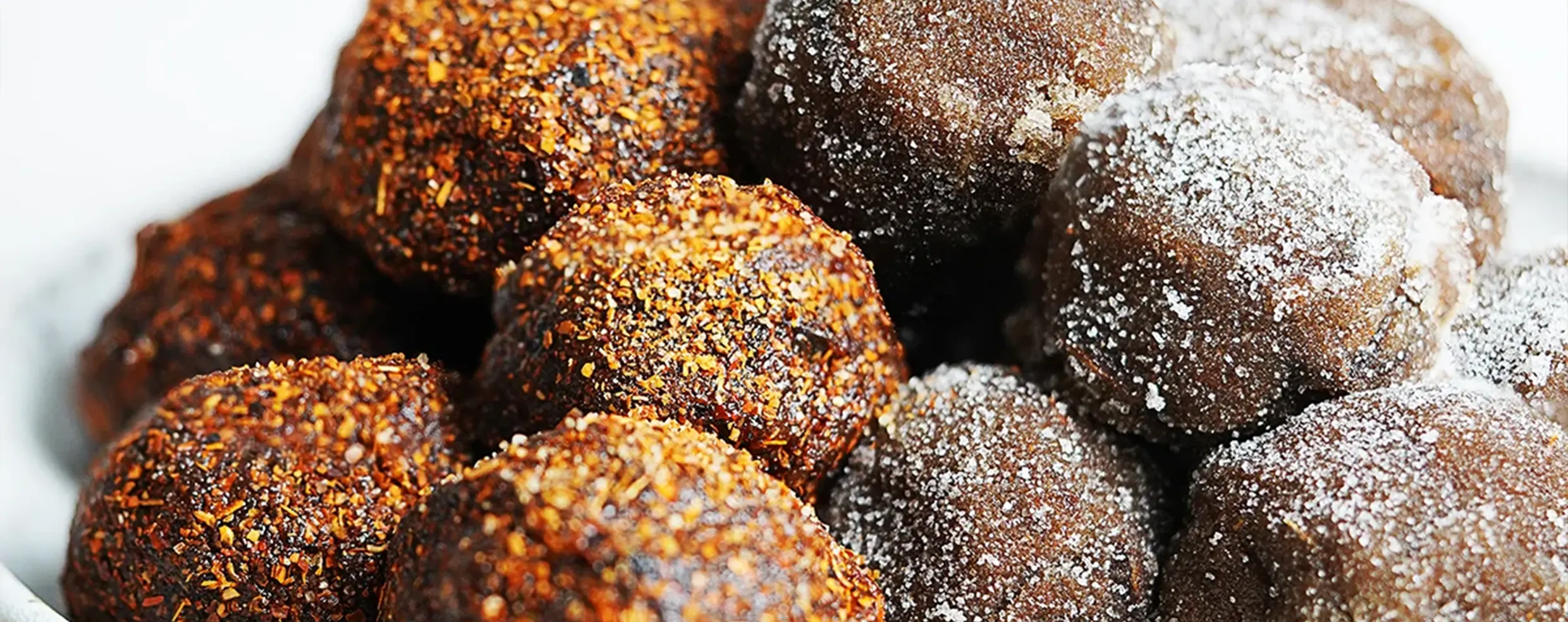
“Tangy and Spicy Delight”
Mexican sweet Pulparindo is known for its soft texture and unusual tastes. It tastes flavorful and spicy because to tamarind fruit, chili powder, and salt. This delicious treat comes in little fruit leather bars. Pulparindo offers great flavors including original, mango, and watermelon to suit varied tastes. Pulparindo is appreciated among candy lovers in Mexico and abroad for its tanginess, spiciness, and chewiness. Try Traditional Mexican Candy.
3 - Cocadas - Irresistible Coconut Candies from Mexico"
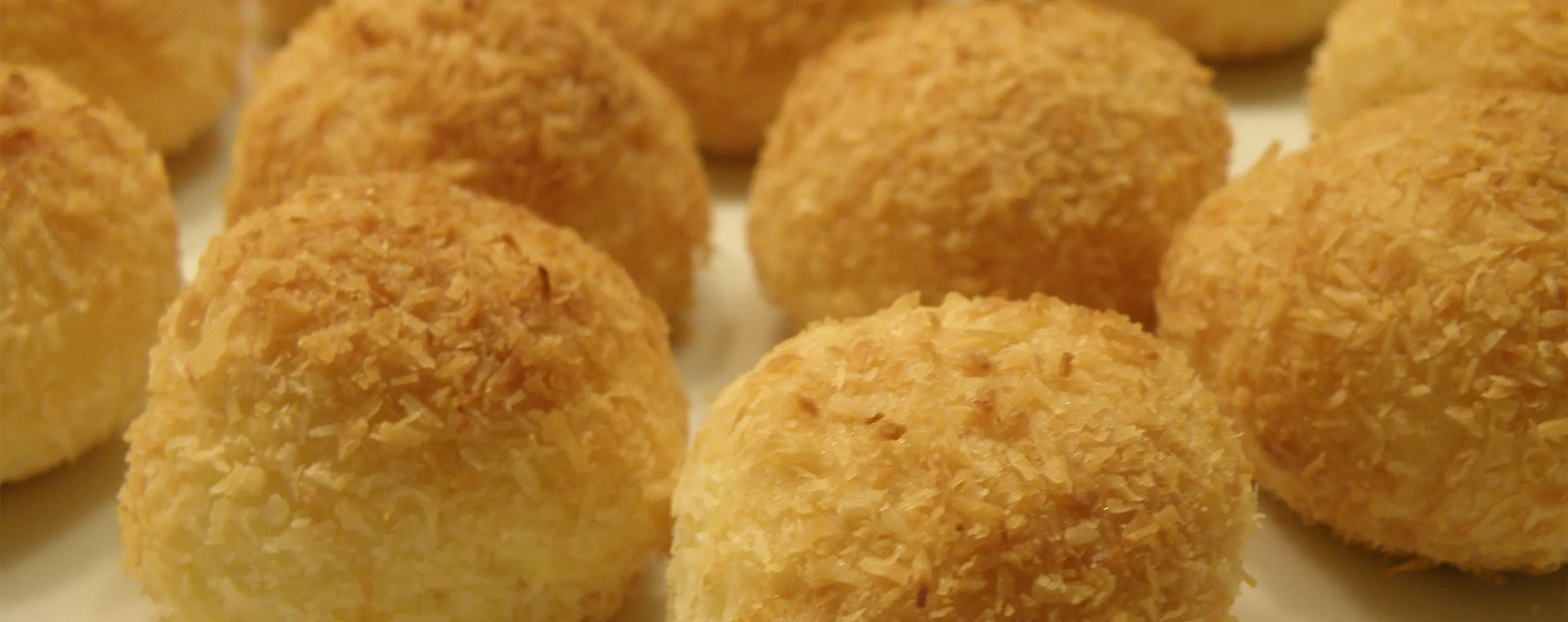
“Tropical Delights”
Making sweet coconut candy with milk, sugar, and coconut gives it a tropical taste and a smooth texture.
Cocadas are a popular candy in Mexico. They are made with milk, sugar, and coconut. The fruit of the wild palm tree or coconut tree is where coconut comes from. Because they are smooth and taste like coconut, they remind me of Mexican candy.
4 - Muegano-Honey-Based Anise Candies, a Puebla Classic"
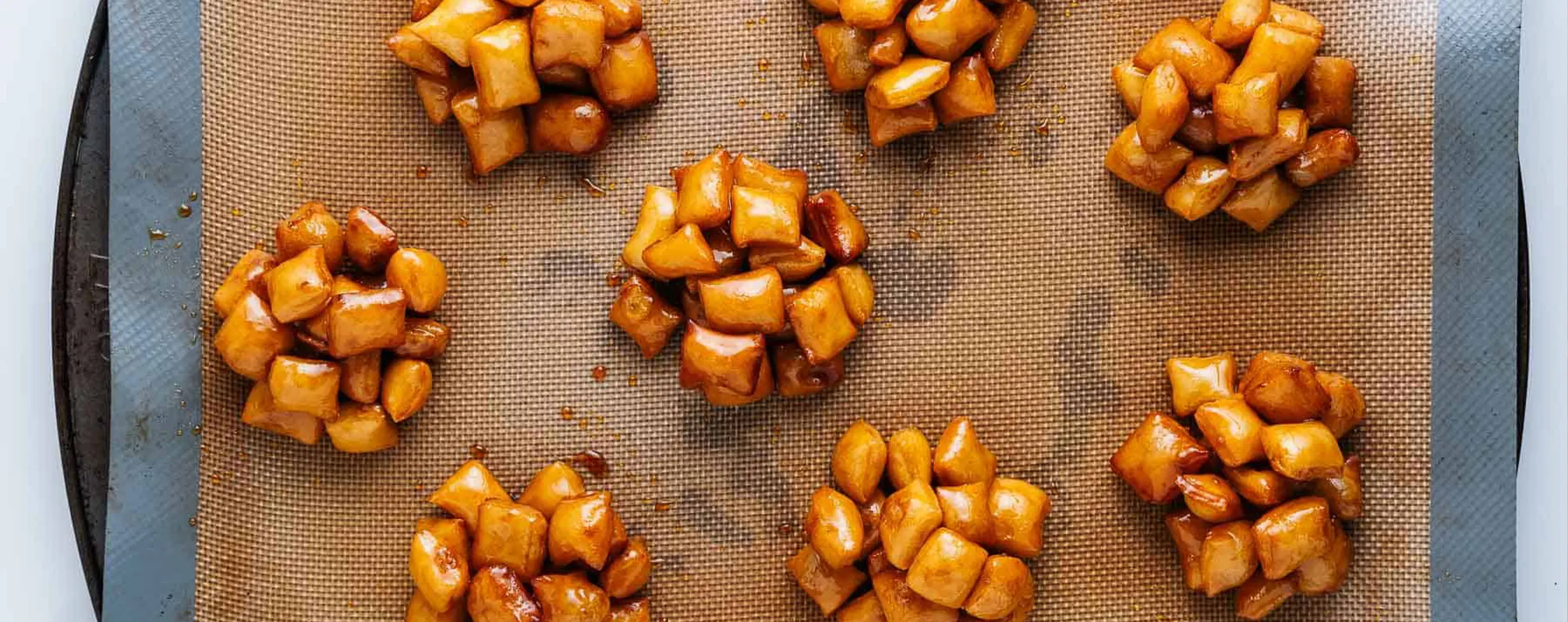
“Sweet Traditions”
Candies made with honey and a mild anise taste that are wrapped in wafers. They come from Puebla and have cultural meaning.
The famous Mexican candy called muegano comes from Puebla. It has become both a treat and a word to talk about a close-knit group of people. In this area, these tasty treats have been around for more than 100 years. Mueganos are made with honey that has a hint of anise added to it and a wafer topping on top. In the hearts and taste buds of both locals and tourists, they have become a famous sign of Puebla’s food.
5 - Rebanaditas - The Spicy Watermelon Lollipops of Mexico"
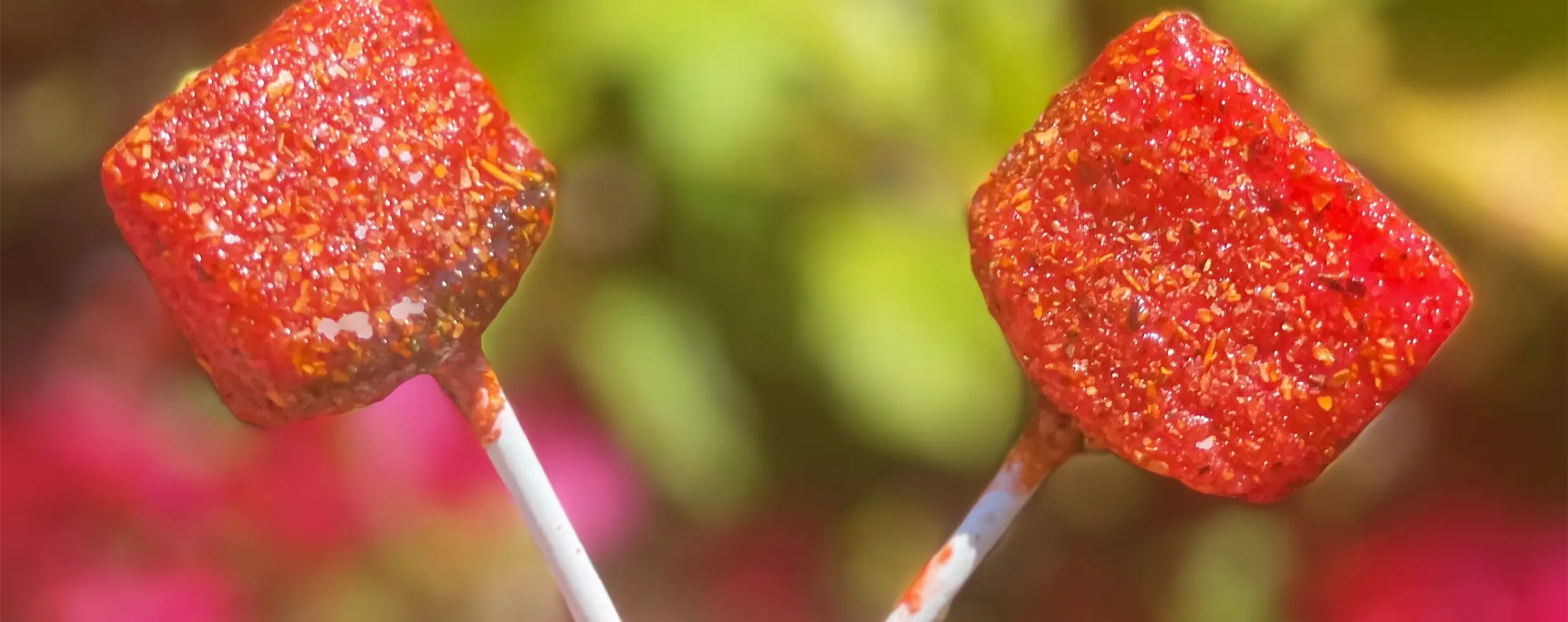
“Fiery and Fruity”
Rebanaditas is a beloved Mexican candy found in many candy stores. These lollipops are coated in a spicy chili powder, and the watermelon flavor stands out as the most popular choice among consumers. The coating is created from a blend of tamarind and chili powder, resulting in a delightful combination of subtle sweetness, tanginess, and spiciness. Rebanaditas offers a unique and flavorful experience that captivates the taste buds of candy enthusiasts.
Traditional Mexican Candy You Should Try
6 - Palanquetas - The Irresistible Peanut Brittles of Jalisco, Mexico"
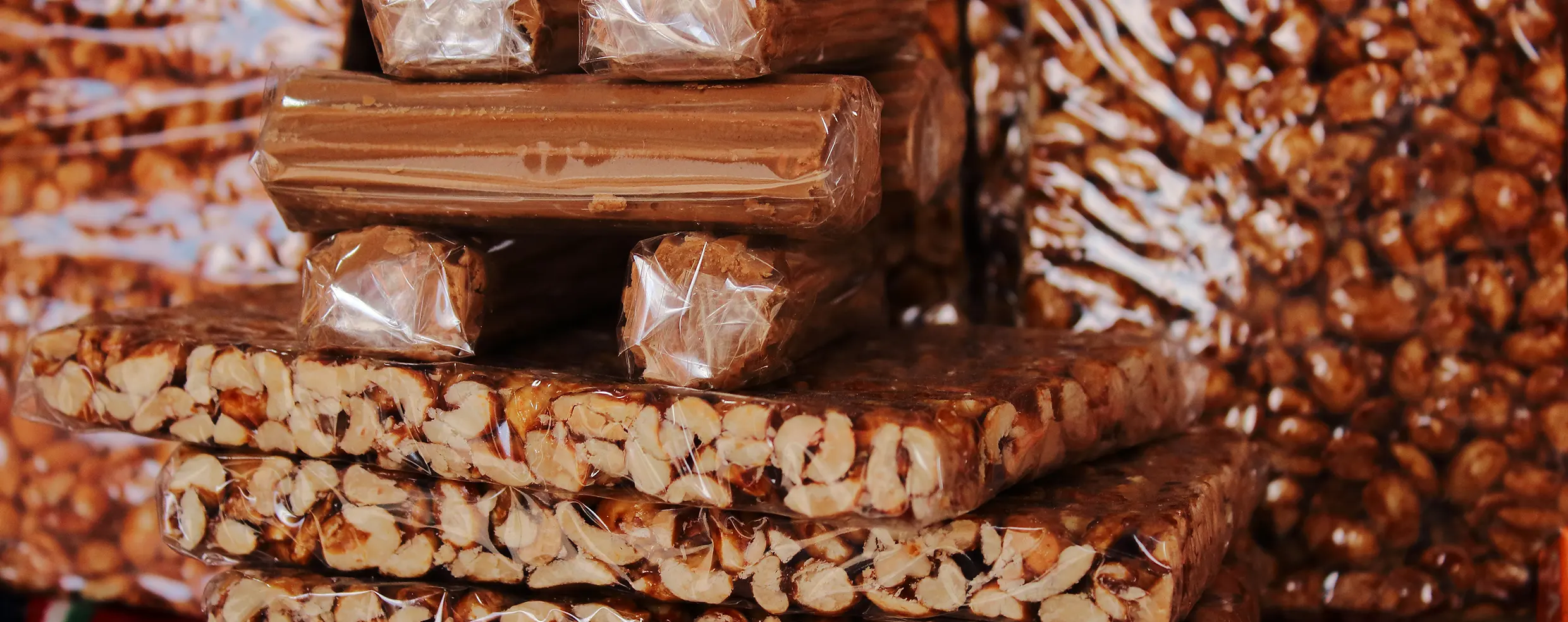
“Preserving Tradition”
Peanut brittle is peanuts blended with pumpkin seeds, sesame seeds, or walnuts for crunch and sweetness.
The Mexican state of Jalisco produces peanut brittles, or palanquetas. These honey-flavored treats are popular for their crunch. Palenques are commonly prepared with peanuts, but they can also be made with pumpkin seeds, sesame seeds, walnuts, or a delightful combination of all three. Candy lovers appreciate these delights for their variety of flavors and textures.
7 - "Merengues: A Colorful Sweet Delight of Mexican Street Candy"
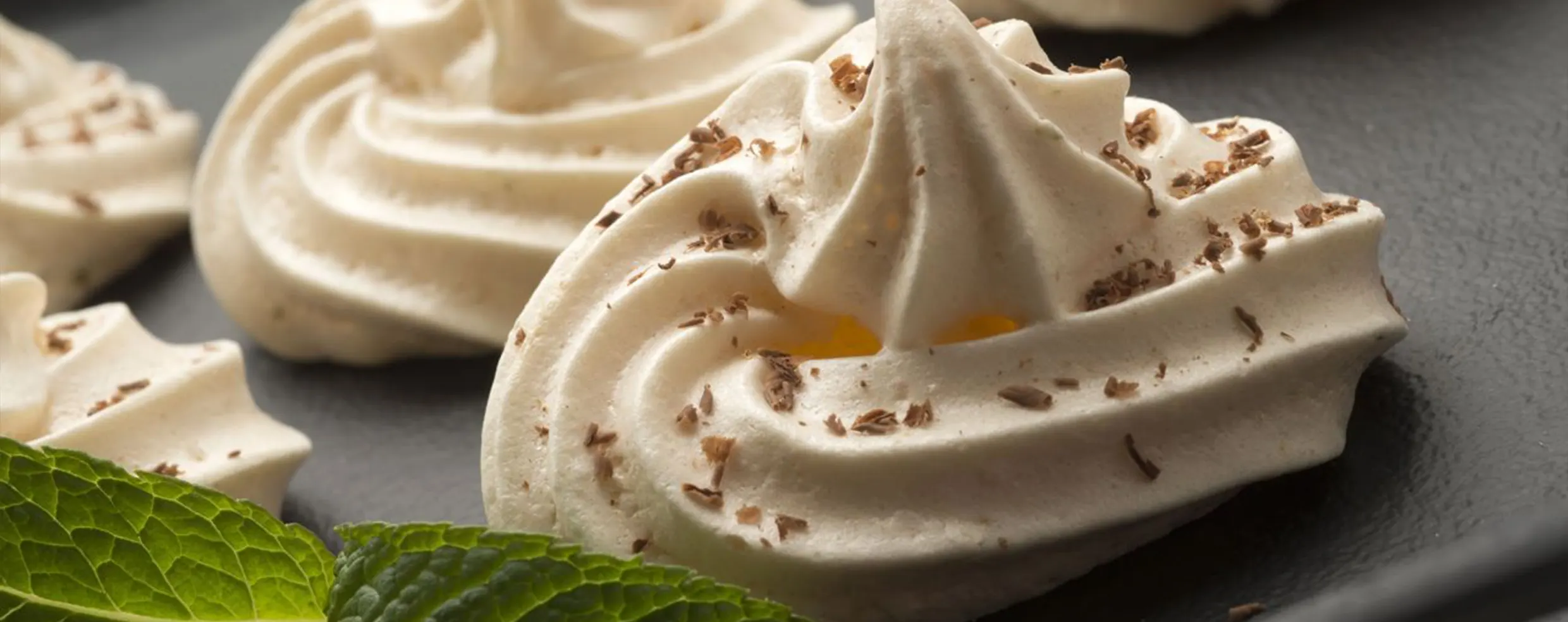
“Colourful Meringues”
People selling sweets on the street are a nice, light treat for candy fans.
Using a foldable table and plastic covers, a street seller selling merengues, a famous Mexican candy, gets people to come over. You can find these brightly colored sweet treats in certain parks and stores. Someone from Italy who moved to Mexico may have come up with merengues, adding to the culture mix of Mexican sweets.
8 - Crystalized Xoximilco Fruit - A Homemade Mexican Candy Delight"
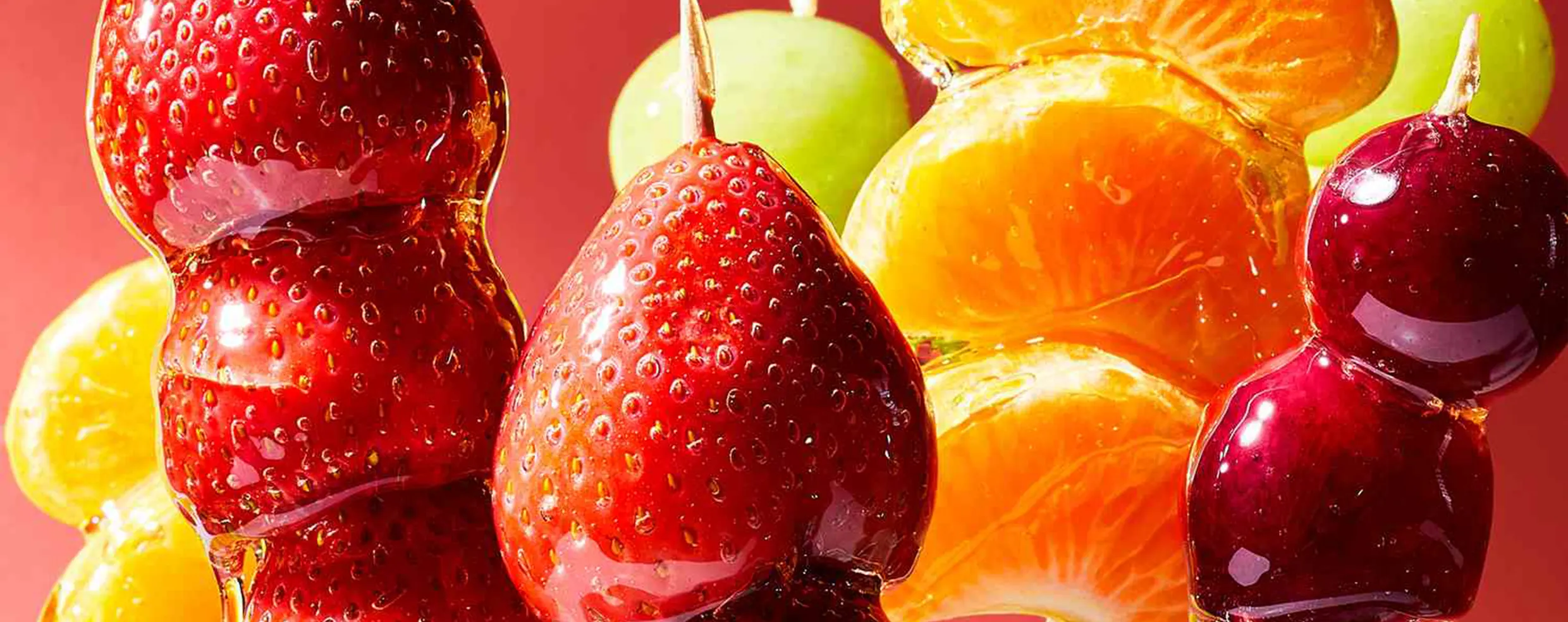
“Preserving Tradition”
Maize nixtamal is used to make crystalline xoximilco fruit, a tasty Mexican treat. Apples are soaked in lime water all day to keep them fresh and make the taste better. It is then kept fresh by soaking it in brown sugar or sugar syrup. An enjoyable family pastime is making and eating traditional Mexican candy together. If you go to Mexico, bring some of these tasty treats back to your family to enjoy. This will help you make memories and share the joy of these unique tastes.
Why is Mexican candy so popular?
Mexican sweets is popular for several reasons:
- Unique Flavors: Mexican confectionery has several robust, unique flavors that are different from those in other nations. Tamarind, chile, lime, and even sweet and spicy mixes offer a unique taste experience for those seeking something fresh.
- Sweet and Spicy: Many Mexican sweets have a sweet-spicy contrast that can be addicting. Sugary sweetness with chile or other spices provide a complex taste profile that can be pleasurable.
- Cultural Tradition: Mexican candy is steeped in its rich culinary and cultural history. The candy uses tamarind, chile, and chocolate, which are traditional Mexican ingredients.
- Accessibility: Mexican candy is readily accessible in Mexico, the US, and other Mexican-populated nations. This accessibility makes trying these sweets easy.
- Mexican candy packaging and forms are frequently colorful and fun. These sweets are popular with youngsters and people who like visually appealing delicacies because to their appearance.
- Variety: Mexican candy includes hard candies, gummies, lollipops, and more. This variety offers something for everyone’s tastes.
- Mexican confectionery is commonly shared and enjoyed socially and culturally. It’s shared with friends and family and consumed throughout holidays, making it popular.
- Nostalgia: Mexican candy’s nostalgic allure keeps fans coming back.
Mexican candy’s distinctive flavors, cultural importance, accessibility, and sweet and spicy combinations that appeal to a wide variety of tastes make it popular.
FAQs
One of the most popular Mexican candies is the Pulparindo tamarind pulp candy. It has gained widespread popularity for its unique and bold flavor. The combination of sweet, sour, and spicy elements in Pulparindo creates a distinct taste that many candy enthusiasts love. Its distinctive texture and intense tamarind flavor make it a favorite among both Mexicans and fans of Mexican cuisine worldwide.



